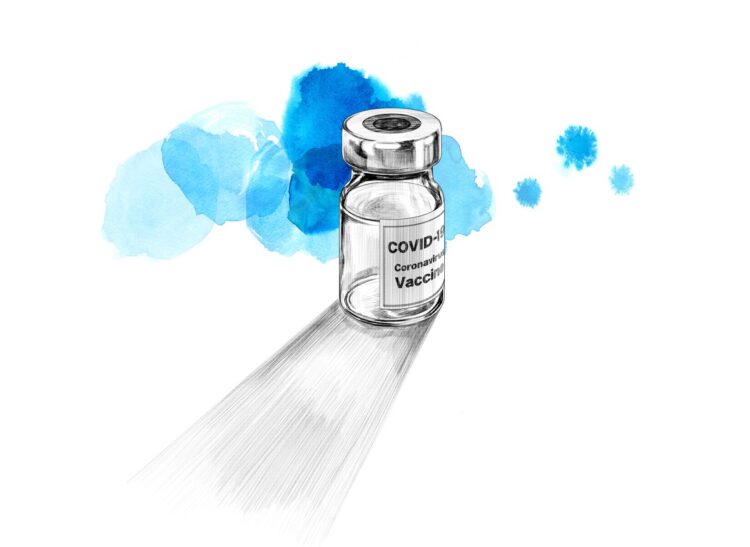August 6, 2021
By Johanna Brait for the Global Mass Vaccination Site Collaborative
One of the roles of Ariadne Labs has been to think ahead and find, compare, and evaluate relevant data sources in order to develop useful tools for equitable access to health care. One of those tools has been the Vaccine Equity Planner, developed by Ariadne Labs, Boston Children’s Hospital, and Google, which presents potential vaccination sites, population characteristics, and area-based measures within vaccine deserts by combining public data sets.
On August 6, 2021, members of the Global Mass Vaccination Site Collaborative heard a presentation about the Vaccine Equity Planner from one of its designers.
Rebecca Weintraub, MD, who leads Ariadne’s Better Evidence program and the labs’ Vaccine Delivery Team, described the purpose of the tool and demonstrated its functions. The aim of the tool is to identify COVID-19 “vaccine deserts,” based on travel time via different modes of transportation (driving, walking and public transit), to show decision makers where further intervention is needed
Weintraub reminded the group that for some, getting vaccinated might mean taking time off work, finding child care, and riding public transportation for 30 minutes or more for each dose. For others, the walk or drive is simply unattainable.
Since the beginning of the vaccine rollout, both storage and wastage requirements have changed. “For example, the FDA has now approved that the Pfizer and Moderna vaccines can be stored in a regular refrigerator for a month,” Weintraub said. “But there is an information lag; we need to disseminate updates and encourage providers to store vaccine supply — so it is available in the midst of outpatient care. The vaccine should always be on the menu.”
With the Vaccine Equity Planner tool, it is possible to identify vaccine deserts as well as locate potential vaccination sites within these deserts. The tool can display counties by Social Vulnerability Index, shade counties by the number of people who intend to get vaccinated but are not yet, and define deserts based on transportation distance and travel time. Users can also download site contact information. The tool is updated weekly to track changes in site location and spread of vaccine deserts.
Throughout the pandemic, under-resourced public health organizations have had difficulty finding accurate and granular data. Leaders continue to face uncertainty. Tools like the Vaccine Equity Planner can augment how public sector leaders are adjusting their vaccine rollout by giving them anonymized and aggregated data-driven insights, down to the zip code level, to ensure access, availability and equity.
Key Takeaways
- The Vaccine Equity Planner tool identifies vaccine deserts, where people have little or no convenient access to vaccination and potential new vaccination sites to address the gaps.
- Somebarriers that interfere with reaching and supporting vaccine deserts include time, distance, and cost limits, as well as vaccine storage and wastage.
- It is essential to locate these vaccine deserts and address the need for potential sites in order to improve access and distribution of the COVID-19 vaccine on a federal level.
The Global Mass Vaccination Site Collaborative was launched as a way for stakeholders directing vaccination campaigns around the world to come together and learn from each other’s efforts. This blog series was created to record and share the learning and insights gained from this collaboration. Read blogs from our previous meetings here.



